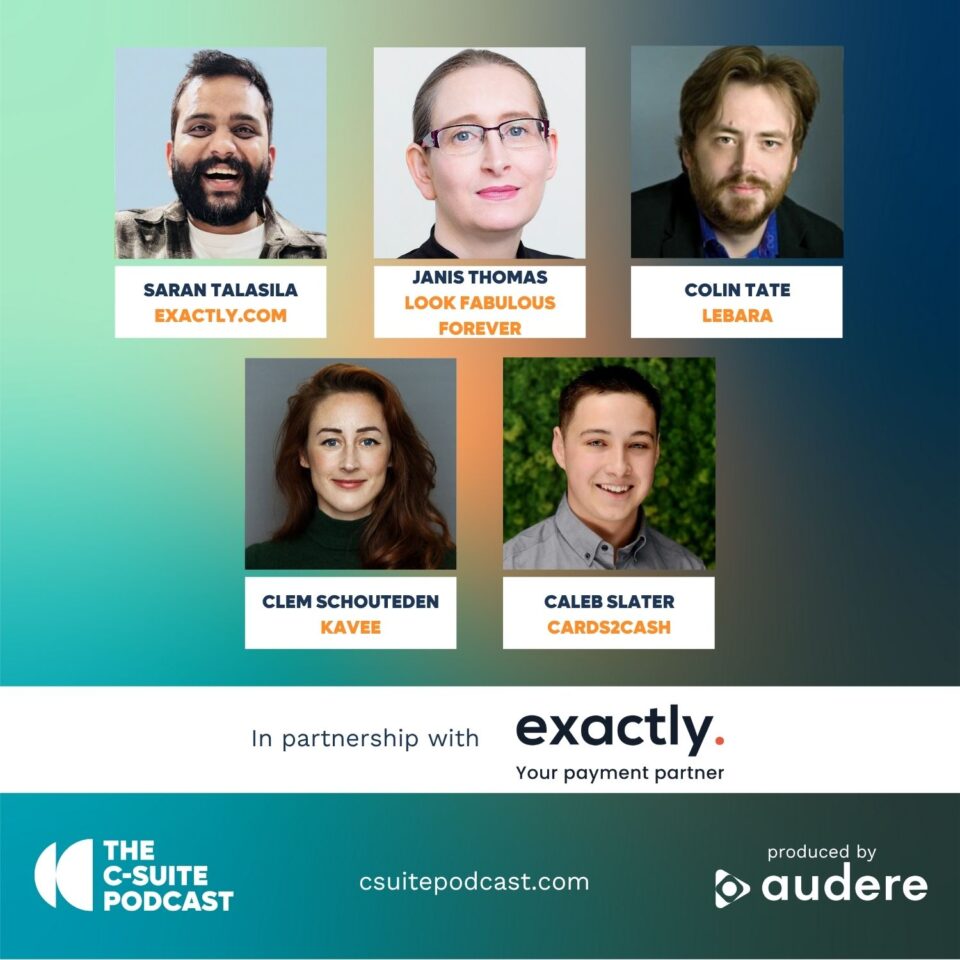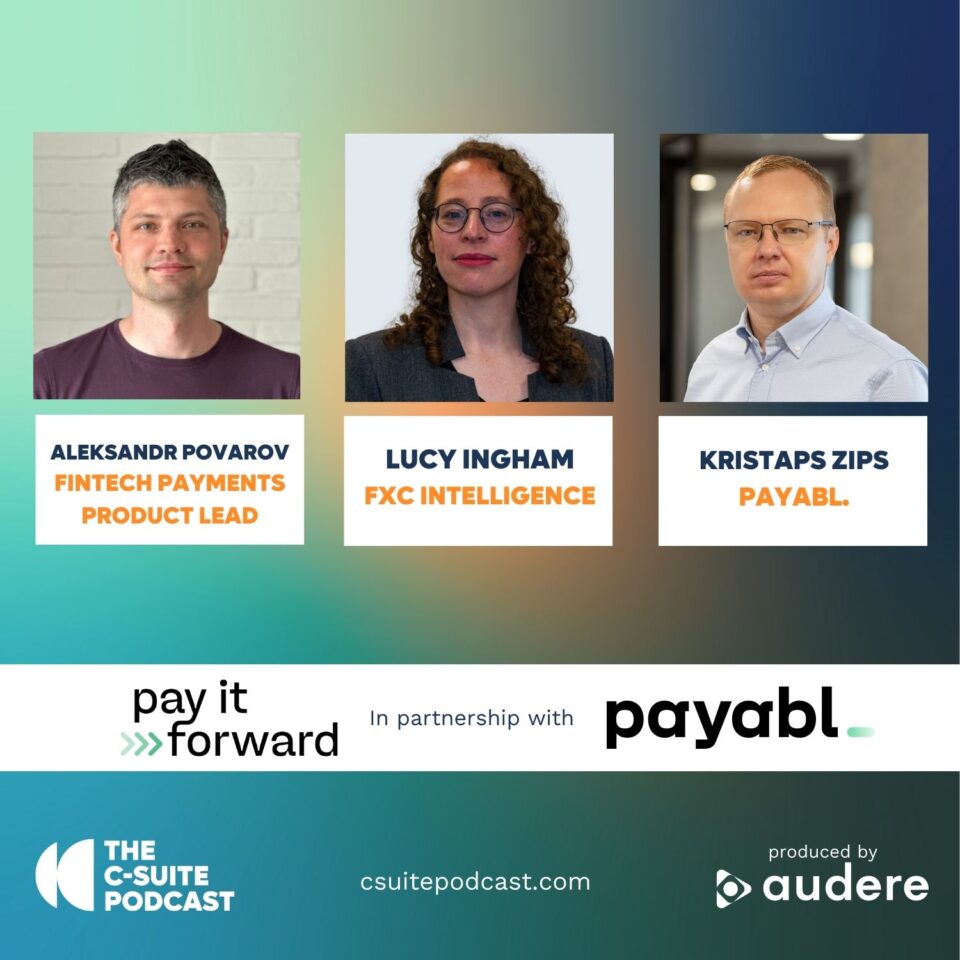GEORGE ROBINSON – DIRECTOR, SOSWEET
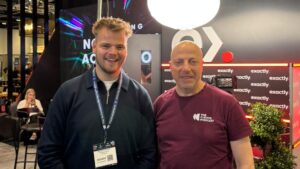
Russ with George Robinson of SoSweet
George Robinson kicks off the episode by introducing SoSweet, a fast-growing UK-based confectionery retailer with a multichannel presence, including physical retail, D2C e-commerce, and wholesale. From humble beginnings in the southwest, SoSweet is now a recognised name nationwide.
George shares a compelling story of how SoSweet leveraged TikTok to build its online presence. What began as casual warehouse videos showing order fulfilment quickly snowballed into viral content, propelling their following from 20,000 to over 800,000 in just six months. The key to this success? Authentic, engaging content paired with being an early mover on TikTok Shop.
With rapid growth from £510K to over £1 million GMV in just one quarter came operational and financial challenges, particularly around marketplace payout delays and the strain on cash flow. But by narrowing focus to hero products and using existing infrastructure to buffer against growth pains, the team pushed forward.
George also highlights the rise of social commerce and buy now, pay later (BNPL) solutions as game-changers, particularly Klarna integration on TikTok Shop, which has accelerated conversions by streamlining checkout within the app.
Key Takeaway: Early adoption of new platforms, smart use of content, and a focused product strategy can transform a regional business into a national contender.
LAUREN DUNCAN – HEAD OF ECOMMERCE, PHILIP KINGSLY

Chatting with Lauren Duncan
Lauren Duncan of Philip Kingsley shares her expertise in leveraging personalisation and segmentation to drive sustained online growth. Partnering with Nosto since 2022, the team has used first-party data to tailor the shopping experience based on customers’ unique hair types, concerns, and preferences.
But the journey wasn’t without lessons. Initially, the team fell into the trap of going too granular too quickly, spreading resources thin across small segments with little impact. Lauren’s advice? Focus on high-value segments, those that make up 60% of the customer base and aim for incremental gains across priority areas like bestselling product ranges.
On the checkout side, Lauren discusses testing between one-page vs step-by-step checkout flows, highlighting the importance of transparency and simplicity, especially on mobile. Initial results suggest better performance when the checkout process is clearly outlined from the start.
When it comes to payment innovation, Philip Kingsley adopts a data-first approach, surveying customers before implementing new options. While Apple Pay and Google Pay have enhanced the user journey, traditional card payments still dominate (80%), and BNPL options like Klarna have had minimal uptake with their customer base.
Key Takeaway: Effective personalisation starts with prioritisation. Focus on meaningful segments and test for commercial impact before scaling.
CLIFTON VAUGHAN – DIRECTOR, NATURAL BABY SHOWER

with Clifton Vaughan of Natural Baby Shower
Clifton Vaughn presents the story behind Natural Baby Shower, an online retailer specialising in premium, sustainable baby products. For Clifton, sustained growth came from getting the foundations right early on, particularly building integrated data systems and customer service infrastructure that could scale with demand.
He emphasises the importance of clear and accurate product data. In the world of e-commerce, brands only have a few seconds to capture a sale, and any confusion in product details can quickly lead to cart abandonment. That’s where compelling yet concise product content becomes critical.
From a payments perspective, Clifton points to early challenges with clunky 3D Secure redirects that negatively impacted conversion rates. Today, thanks to smoother and faster payment solutions, friction has significantly reduced. BNPL schemes have played a notable role in capturing younger demographics, contributing to sales growth.
On the security front, Natural Baby Shower employs Signifyd for fraud prevention, achieving a 99.96% order completion rate. This ensures customer trust and protects revenue during scaling.
Clifton ends with a reminder for entrepreneurs: pause and celebrate success. In the constant drive to improve and optimise, it’s easy to overlook how far the business has come.
Key Takeaway: Invest early in scalable systems, focus on clarity and trust, and don’t forget to celebrate the wins along the way.
LETICIA PEREZ MUNOZ – EMEA ECOMMERCE MANAGER, TOMS
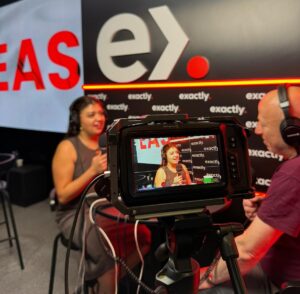
Leticia Perez Munoz of TOMS
Leticia Perez Munoz, shares how the brand tackled a major data visibility crisis caused by third-party cookie restrictions and siloed marketing platforms. At one point, TOMS could only see 50% of its performance data, and attribution discrepancies between platforms made it difficult to understand what was truly driving revenue.
Leticia and her team reframed the issue: this wasn’t a performance problem, but an analytics one. Their solution came in the form of an AI-powered attribution platform from Grace, which enabled the team to unify awareness and performance spend, optimise campaigns holistically, and ultimately cut cost per order (CPO) by 50%.
Rather than jumping on every AI trend, Leticia emphasises a problem-first approach. When faced with limited localisation resources across multiple EMEA markets, the team adopted a translation platform combining AI with native speakers solving a real operational challenge without over-engineering.
When it comes to content testing, Leticia insists on starting with a clearly defined objective. Whether launching a new collection or pushing a sale, the testing framework differs. The TOMS team experiments with formats including user-generated content, short-form videos, and product-focused creative, based on campaign goals.
Leticia also advocates for cross-functional collaboration. By breaking down the divide between marketing and e-commerce, the team has aligned around a shared goal: customer success. This cultural shift has unlocked more cohesive and impactful campaigns.
On the payments front, Leticia stresses the importance of local flexibility. TOMS tailors its payment methods by market, what works in the Netherlands may not in the UK. Clear communication of payment options and delivery windows at checkout has been a conversion driver, especially when tested alongside trust-enhancing checkout elements.
Key Takeaway: Reframe performance challenges as data problems. Use AI to simplify and support, not complicate your team’s work, and foster a unified focus across marketing and e-commerce.
LAWRIE FRASER – ECCOMERCE WEBSITE MANAGER, MARCO PAUL (at time of recording)
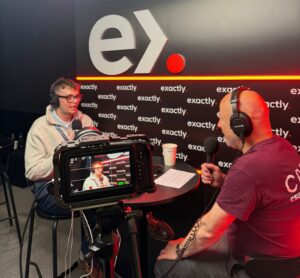
Lawrie Fraser
Lawrie Fraser of Marco Paul, outlines how the brand has embraced AI and agile thinking to transform from a marketplace-reliant seller to a growing first-party DTC powerhouse. With ambitions to reach £50 million turnover within two years, the team is focused on scaling sustainably, and quickly.
A key strategy has been dividing the customer journey into three distinct funnels: pre-purchase, purchase, and post-purchase. By mapping AI touchpoints across all three, Marco Paul has been able to enhance acquisition, improve retention, and drive lifetime value (LTV).
Despite being a lean team of just four, Marco Paul replatformed its entire website in only six weeks, far faster than the industry average of eight months. The team used “Transgressional AI” to migrate 27,000 pages, over a million words of content, and 7,000+ SKUs. Lawrie credits the combination of AI, late nights, and a shared sense of purpose for making this feat possible.
When advising small to medium brands just starting with AI, Lawrie recommends focusing first on understanding your market and customers. Personalisation, content voice, and product recommendations must be data-driven and contextually relevant. Marco Paul has also leaned into user-generated content and even employee-generated content to deepen brand engagement.
On the conversion side, Lawrie is highly technical and views site speed and performance as foundational. In his view, many brands chase SEO or pricing advantages when the real bottleneck lies in a slow or unoptimised site. Trust signals must be carefully balanced, not overwhelming the user, but still reinforcing security and reliability.
His closing advice is to understand where AI can best support both conversion and customer experience. Whether through payment providers, merchandising tools, or content personalisation, AI works best when it’s part of a thoughtful strategy, not a scattered experiment.
Key Takeaway: Build your AI approach around your customer journey. Use technology to move fast, stay lean, and focus on performance basics, like speed and trust, before scaling complexity.







